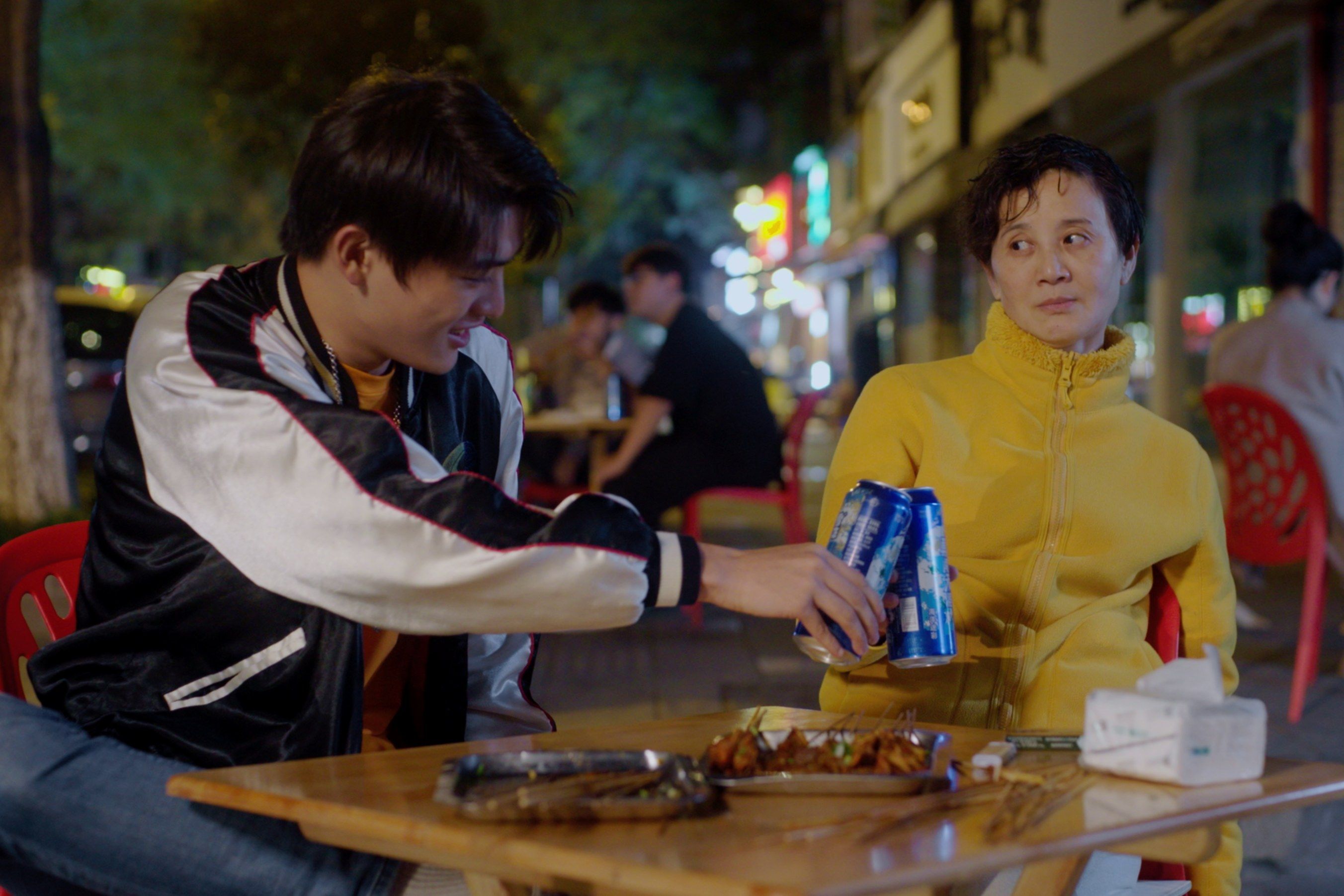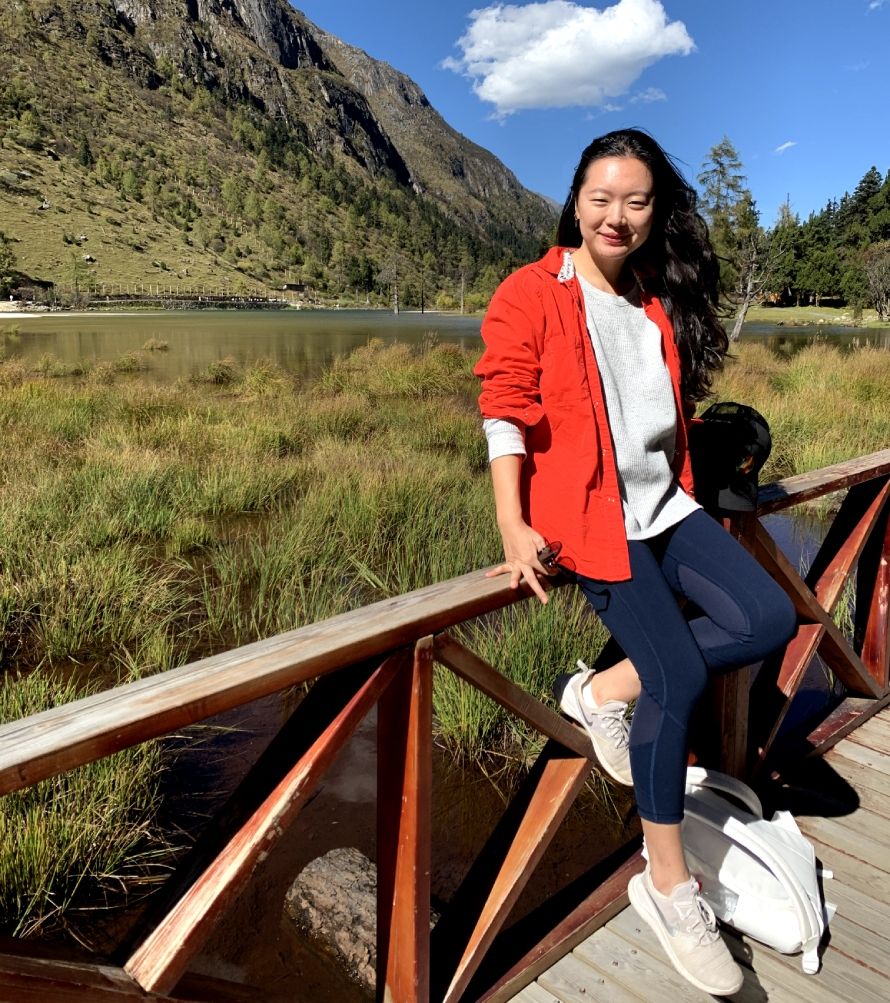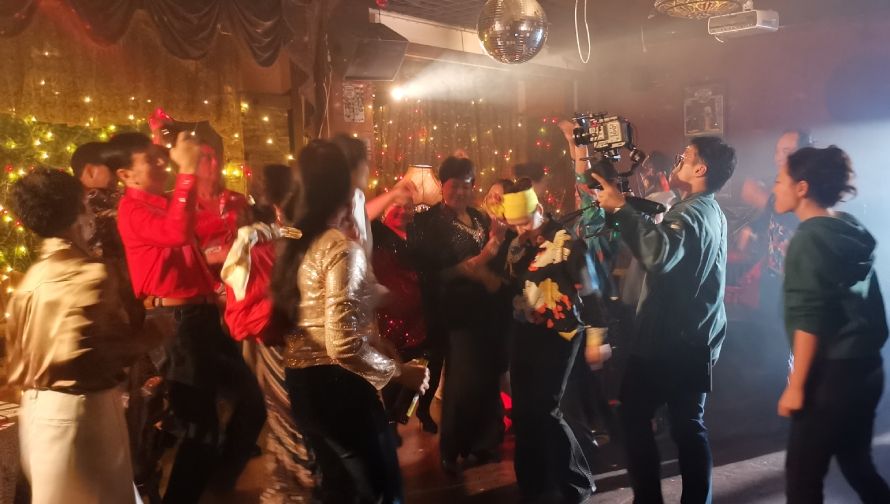
Meet Mel Sangyi Zhao, One of the 5 Winners of the 5th Annual Focus Features & JetBlue Student Short Film Showcase
A Q&A with the writer and director of the intimate drama Return to Youth.
The Gotham Film & Media Institute announced that Mel Sangyi Zhao’s short film Return to Youth is one of five works chosen by a special jury of filmmakers, curators, and critics for the Focus Features & JetBlue Student Short Film Showcase. Created as her MFA thesis film for the California Institute of the Arts, Return to Youth was selected out of a pool of projects from 34 different graduate programs.
In Return to Youth, a dancer now in her 50s (Xiaobing Zhao) reflects on her age, sexual pleasure, and loneliness after being recommended for vaginal rejuvenation surgery.
We asked Zhao to tell us about the inspiration for her film, the artists who influenced her, and her plans for the future.
Follow her on Instagram: @angrybird_mel
Mel Sangyi Zhao's Return to Youth
Where did the idea for Return to Youth come from?
The seed of the idea was planted in my mind a couple of years prior to the script. During a routine phone call with my mom, she mentioned her beautician attempting to peddle a treatment to tighten and rejuvenate the vagina. We both laughed at it and were intrigued. And there was also a tinge of embarrassment at our shared curiosity about it.
Fast forward a year or two, and my mom turned 60. She began revealing a newfound anxiety during our lengthy phone conversations. It marked an important realization for me—that my mother is a multifaceted woman with inner dimensions that extend beyond the roles of mother and wife. Her anxiety became palpable, centering not only on the inevitable passage of time but also on the transformations in her own body.
What struck me even more was that I could relate to her anxiety because I grappled with concerns about my physical appearance. I realized that I had spent my early adulthood fretting over acne, only to anticipate future worries about bags under my eyes, wrinkles, weight fluctuations, and more. It was these shared emotions and revelations that fueled my desire to create a film exploring the pervasive anxiety surrounding body image and aging. On top of that, I want to provide an opportunity to view the tangible joy and vitality that can accompany aging by reflecting back to my mother the strong and feisty woman that I know her to be.

Writer-director Mel Sangyi Zhao
How did you find your cast?
I crafted the script drawing inspiration from my mother and people in her life. My intention was to collaborate with the actual people for whom I penned the roles. A lot of these people have known me since I was a teenager, so convincing them to make a movie with me was pretty easy.
However, one character required a more traditional casting approach—the role of the young man. To ensure authenticity, I conducted auditions at an art school in my hometown, where the movie was shot. I wanted to find an actor fluent in the local dialect. This process is to ensure the dynamic between the young man and the main character comes across as authentic.
What In the final cut most captures what you saw in your mind when you first imagined the film?
I think the scene where she weighs herself captures best this pervasive anxiety around aging and body image. It is funny because I think there is truth in that behavior. Portraying this angst was one of my major goals of the film.
In crafting the dialogue scenes, I gave the actors some freedom to improvise. Additionally, I made a conscious effort to assimilate their styles of speech, ensuring that their characters sounded true to themselves. The interaction with the young man aptly captures the yearning desire inherent in the characters, while the exchanges within the group of friends effectively convey a sense of joy and freedom. And these two things are what I really wanted to put on screen when I conceived the project.
What was the biggest lesson learned working on Return to Youth?
One of the most valuable lessons I gleaned from this film revolves around writing. Given the unique challenge of working with non-professional actors and embracing improvisation, I've come to realize the critical importance of maintaining a vigilant eye on the overall rhythm.
A pivotal moment occurred during a dinner conversation with my director of photography, Luc Yikai Wu, and my mom. As we mentally pieced together the scenes, a revelation unfolded: the story was taking on a different shape. Harnessing the creativity of my incredible collaborators, we brainstormed and implemented adjustments on the spot, all without increasing production costs. This was an important moment, shedding light on the flaws in my initial screenwriting and ultimately contributing to my growth as a writer for my next film.
Moreover, this experience has ignited a desire to work with an on-set editor for my next project. It could help me stay present to the transformation the story goes through during production.

Return to Youth
As an emerging filmmaker, who are your influences?
I admire filmmakers who skillfully weave the messiness of reality into constructed fiction while maintaining accessibility for the audience. Among my influences are luminaries like Edward Yang, with Yi Yi standing out as my favorite film, along with Ruben Ostlund, Joanna Hogg, Eric Rohmer, Kelly Reichardt, Sean Baker, and Ken Loach. In addition, I find inspiration in contemporary voices such as A.V. Rockwell, Sarah Polley, Justine Triet, and Charlotte Wells.
My quest to discover my voice has been enriched by the guidance and insights generously offered by my mentors and peers throughout my study at the University of Paris 8 and California Institute of the Arts. There are instances where they have astutely identified qualities in my work before I became conscious of them myself. Additionally, some of my peers are passionately engaged with the current state of the world, actively striving to contribute to the change they aspire to see through their actions and art. This commitment is not only inspiring but also encouraging to me.
What was the first film you saw that made you want to be a filmmaker and why?
David Lynch’s Mulholland Drive. Stylistically, it is very far from what I am making today, but I think watching his films opened my eyes to alternative ways of telling stories. Consequently, I discovered filmmakers who tell stories as if from another dimension, such as Maya Deren, Tsai Ming Liang, and Apichatpong Weerasethakul. Their work permitted me to explore the film medium.
And these days, when I am writing my next film, I will think of this film called Touch Me Not by Adina Pintilei. It is a film that inspired me to examine my relationship to the medium and my position in the stories I tell. I think these hard questions make the process of filmmaking equally valuable as the result, if not more.
Are you working on a feature film? What is it about?
I am currently developing my debut feature and working on a short film that serves as a proof of concept, which will allow me to carry out some visual experiments. This project is inspired by the making of Return to Youth.
Despite tailoring the script specifically for my lead actress, my mother, there were moments when we were not on the same page about the intentions of the story. Then, watching the film together at screenings made us revisit our mental journey throughout the filming process.
This introspective journey led to a deeper understanding between us, bridging gaps and differences that had surfaced during the production. It inspired the story of my current project: with the presence of some disruptive male onlookers, an emerging director embarks on the challenging task of filming the climax of her film, where her actress, also her mother, is required to be naked on a beach.
This interview has been edited and condensed for clarity.